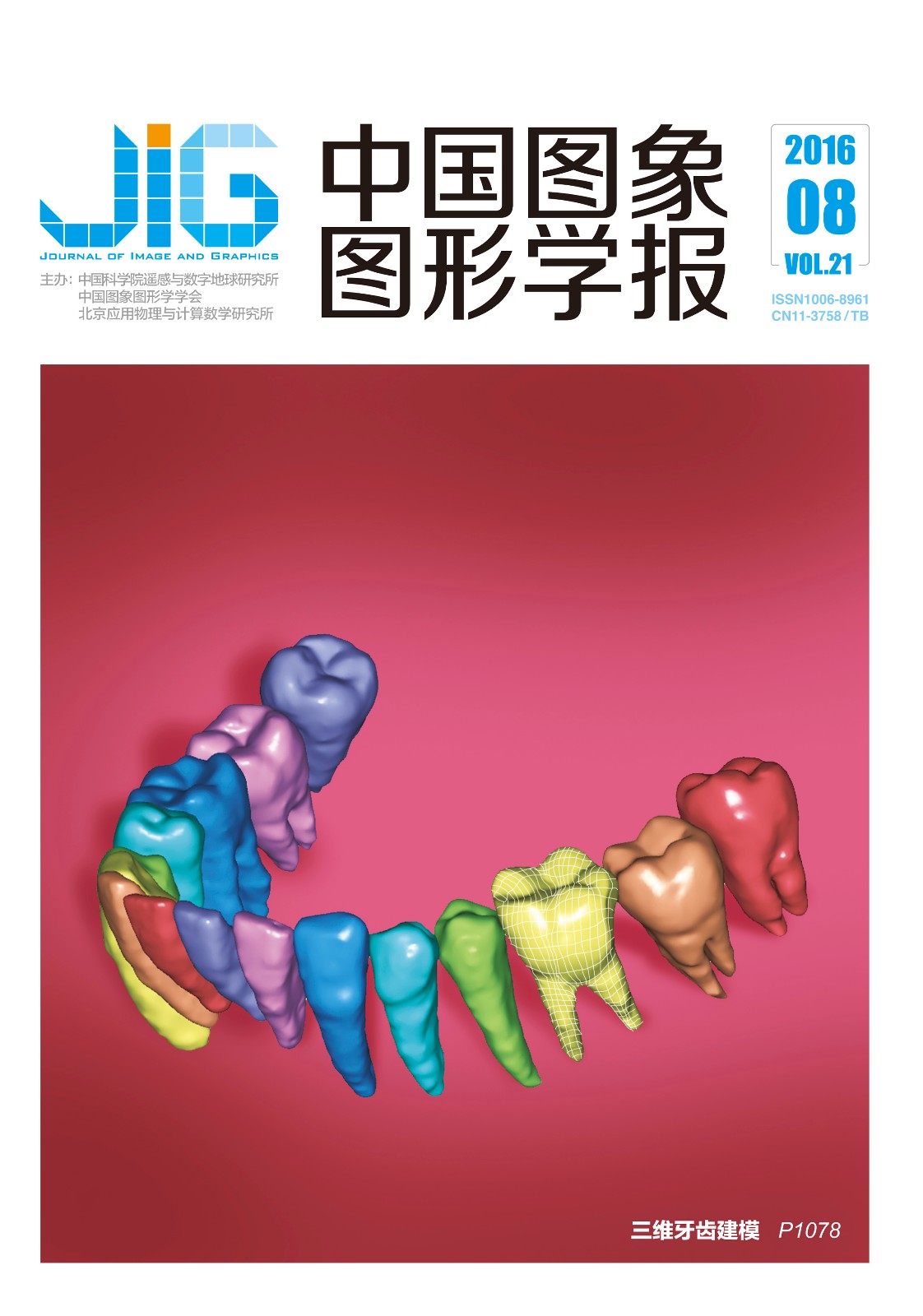
时空上下文抗遮挡视觉跟踪
摘 要
目的 传统的视觉跟踪方法只考虑了目标本身的特征信息提取,忽略了目标周围稠密的上下文信息。一旦目标本身特征信息提取存在困难,很容易导致跟踪失败。为解决上述问题,提出一种时空上下文抗遮挡视觉跟踪算法(STC-PF)。方法 首先,利用目标与局部区域的时空关系学习时空上下文模型;然后,通过上下文先验模型和学习到的时空上下文模型计算置信图;最后,对时空上下文区域进行分块遮挡判别,若遮挡概率小于设定阈值,计算置信图所得最大概率位置即为目标位置;若遮挡概率大于设定阈值,则目标发生遮挡,通过子块匹配和粒子滤波估计目标位置以及运动轨迹,实现不同程度的抗遮挡跟踪。结果 对测试数据集中的图像序列进行实验,结果表明,STC-PF方法的跟踪成功率提高至80%以上;中心误差小于原算法;同时STC-PF算法在提高抗遮挡能力的前提下,运行速度与原算法相当,高于当前流行算法。结论 STC-PF算法能够适用于光照变化、目标旋转、遮挡等复杂情况下的视觉目标跟踪,具有一定的实时性和高效性,尤其是在目标发生遮挡情况下具有很好的抗遮挡能力和较快的运行速度。
关键词
Anti-occlusion visual tracking algorithm based on spatio-temporal context learning
Liu Wanjun, Dong Shuaihan, Qu Haicheng(College of Software, Liaoning Technical University, Huludao 125105, China) Abstract
Objective Traditional visual tracking methods only involve the characteristic information extracted from the targets, and thus, the dense context of the targets are ignored. When extracting target feature information is difficult, tracking failure can easily result. To solve the aforementioned problem, an anti-occlusion visual tracking algorithm is presented based on spatio-temporal context learning. Method First, the spatio-temporal relationship between the target and local contexts is used to understand the spatio-temporal context model. Second, the confidence map is calculated using the prior context model and the learned spatio-temporal context model. Finally, the spatio-temporal context region is divided into blocks to consider occlusion discrimination. If the probability of occlusion is less than the set threshold, then the object location will be determined by maximizing the probability of the new confidence map. If the probability of occlusion exceeds the set threshold, then the target will be occluded. Object location and motion trajectory are estimated by matching sub-blocks and by filtering particles to realize anti-occlusion tracking in different levels. Result Conducting experiments in the benchmark data set demonstrates that the success rate of the STC-PF (Spatio-Temporal Context-Particle Filter)tracking method increases to over 80%. The center error is less than those of STC algorithms. With regard to the precondition of improving anti-occlusion capacity, the running speed of the STC-PF algorithm is higher than those of current popular algorithms and has minimal difference with that of the STC algorithm. Conclusion The STC-PF algorithm can be applied to visual target tracking in complex conditions, such as illumination changes, object rotation, occlusion, and so on, with a certain instantaneity and efficiency. In particular, it exhibits good anti-occlusion capability and fast running speed in the case of a partially occluded target.
Keywords
visual tracking spatio-temporal context occlusion discrimination sub-blocks matching particle filter confidence map
|



 中国图象图形学报 │ 京ICP备05080539号-4 │ 本系统由
中国图象图形学报 │ 京ICP备05080539号-4 │ 本系统由